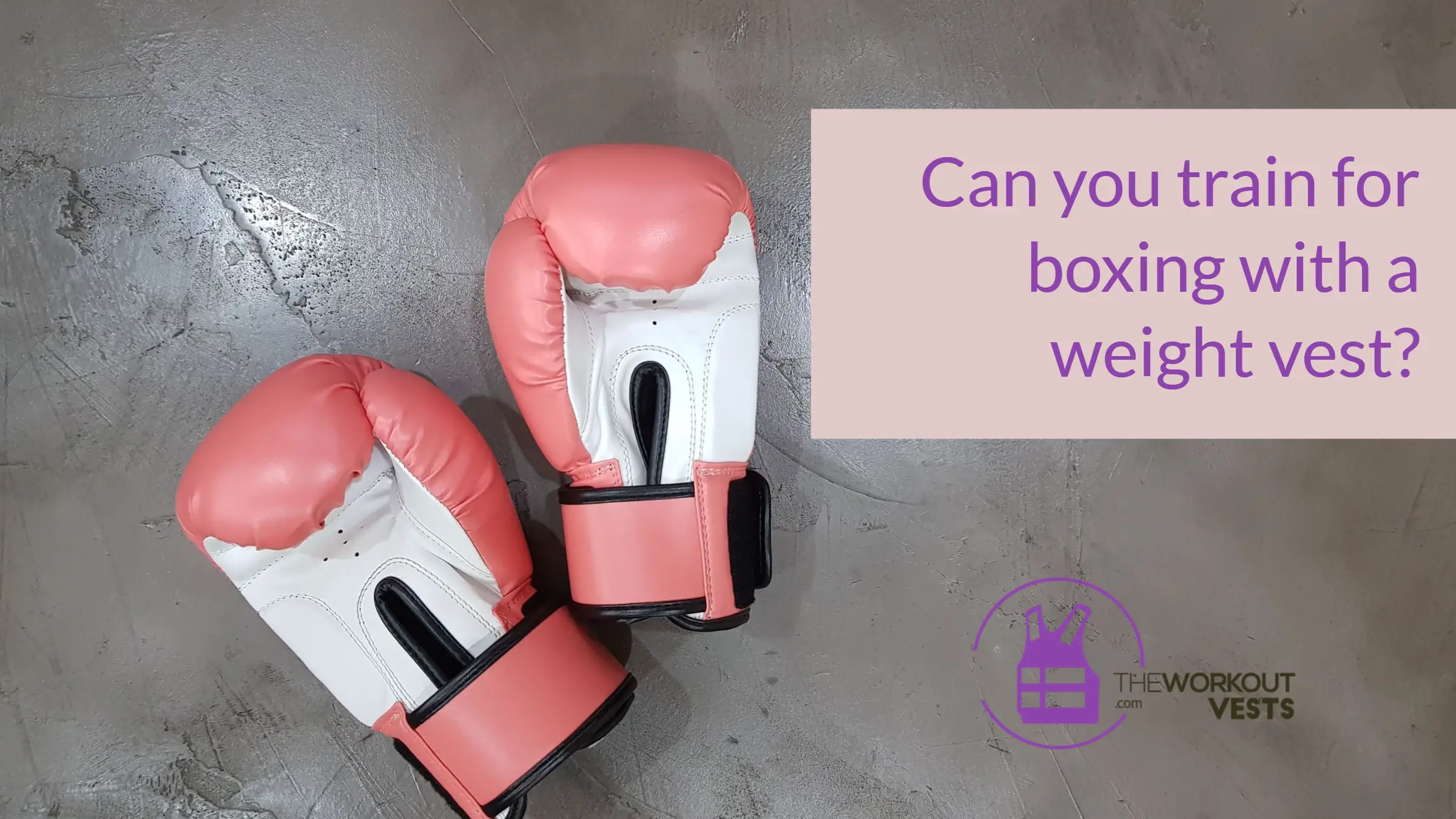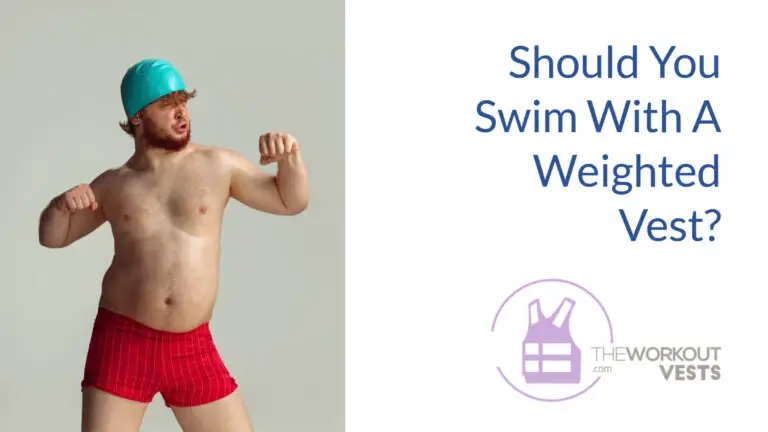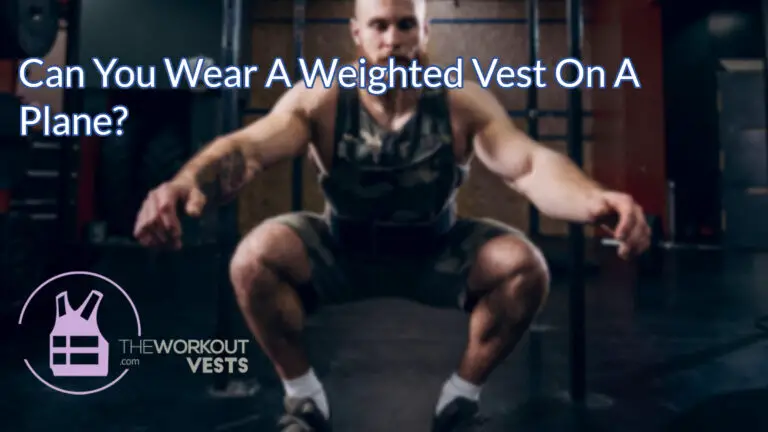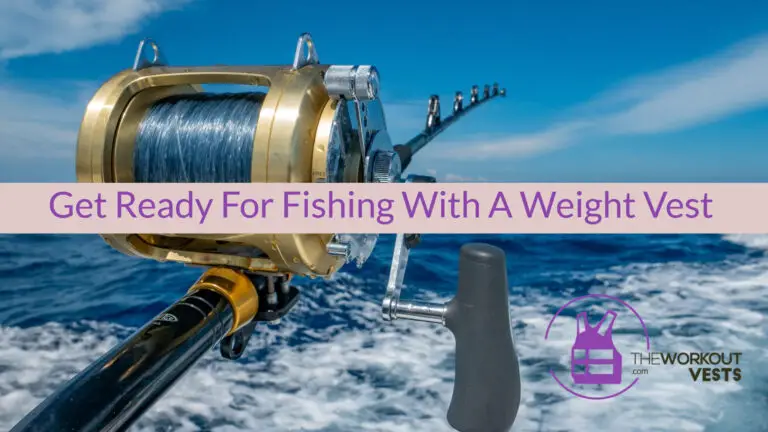Whether you are a competitive boxer or box, because you enjoy the sport and its health benefits, adding the use of a weighted vest can take your training to another level.
Adding new equipment into your routine can come with some challenges, though. What happens when you train for boxing with a weight vest? And if you want to use a vest, what are the best ways to do so?
This article looks at how other boxers have used weighted vests and will give you all the information you need to answer these questions.
What Is a Weighted Vest?
A weighted vest is wearable weight training equipment that allows users to increase the difficulty of exercises typically performed with only body weight.
The typical weight vest slides over the head and hangs off the shoulders. It will also have straps around the waist to adjust the vest’s fit.
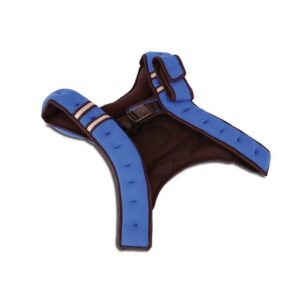
To adjust the weight of your vest, you can slide vest weights into the pockets.
You can perform many exercises while wearing a weighted vest like running, pull-ups, or some kinds of training specific to boxing.
Weighted Vests and Boxing
It is a well-known fact that if you want to be a great boxer, you should train like a boxer.
Here are a few ways to incorporate a weighted vest into your boxing training that other boxers have experimented with in their workout regimens.
Shadow Boxing
Shadow boxing is a fantastic, sport-specific exercise. Boxers use shadow boxing to develop their footwork, improve their hand speed, and practice correct techniques.
But shadow boxing can also be used as an effective conditioning exercise that develops endurance and power while burning up to 400 calories per hour.
When you shadow box while wearing a weighted vest, you increase the resistance and difficulty of your workout.
If you do a little digging online, you can find many boxers and coaches discussing using a weighted vest while shadow boxing. However, some people believe that a weighted vest is unnecessary.
Still, many believe that a weighted vest for shadow boxing significantly increases your cardiovascular conditioning and can help you lose weight.

Pros
- A weighted vest increases the number of calories burned while shadowboxing.
- You can use it to help develop lung capacity and cardiovascular recovery.
Cons
- Turns shadow boxing into an exercise that requires equipment.
- It doesn’t accurately replicate an actual fight.
Heavy Bag
Hitting a heavy punching bag is a tried and true training method that martial artists worldwide have utilized and continue to do for centuries.
Some boxers have written online about the benefits of using a weighted vest while training on a heavy bag.
If you punch the heavy bag while wearing a weighted vest, you’re adding an extra stressor to your leg and therefore gaining more power and strength. On top of that, you can develop more explosive speed as you move in and out of range while wearing a weight vest.
On the other hand, you don’t want to overdo it training on the heavy punching bag while using a vest. Wearing a weight vest for boxing training can cause you to develop incorrect techniques if you wear the vest every time you train.

Pros
- A vest helps increase power and strength, especially in the legs.
- It might help train more speed as you jump in and out of range.
Cons
- Too much training with the vest may negatively impact your boxing technique.
- Depending on the design of the vest, it could interfere with full extension and rotational movements.
Sparring
Sparring is as close to a real fight as a boxer can get while ensuring safety and pacing remain top priorities.
There isn’t much evidence of boxers sparring with a partner while utilizing a weight vest. The reason may be because sparring replicates a boxing match, and a vest adds too much variance to the scenario.
However, if you want to try sparring while wearing a vest, you will undoubtedly get a good training session. Changing the pace or adding in extra rounds will give you even more of a workout and will ensure you build a big engine and the power to match.
Using a vest while sparring may even help improve bone density and balance, which will help to make you a better boxer.
Pros
- Training with a weighted vest improves bone density and balance, which translates to better performance in the ring.
Cons
- A vest might cause your technique to deteriorate more quickly since it is so different from an actual boxing match.
- Sparring while wearing a vest makes it challenging to get a realistic feeling of getting hit in the body.
Strength Training and Speed Work
The original, and maybe the best, use for a weighted vest has always been about strength and conditioning. Even the legendary Evander Holyfield incorporated them into his fight prep training.
The sky is the limit when creatively thinking of ways to incorporate the weight vest into strength or speed training.
Many boxers like to wear a vest while doing cardio or plyometric training. Doing so adds a severe dose of difficulty that elicits tremendous results.
When used as part of a well-designed fight prep strategy, a vest can improve your aerobic and anaerobic systems, improve explosiveness, increase strength, shed unwanted pounds, and challenge your mental focus.
Pros
- Creates variation that forces your body to adapt to new stimuli.
- It works well when combined with other movements for interval-style training.
- It can help accelerate muscle gains and weight loss.
Cons
- A weight vest could lead to injuries if not used properly.
- The weight vest can shift and move, making it uncomfortable during long workout routines.
Final Thoughts
There you have it, four different ways to incorporate a weighted vest into boxing training. Most boxers with experience using a vest found that it was a fantastic way to push their cardio capacity and develop power, especially in the legs.
Try out these training variations, or come up with your unique way to use a weighted vest for boxing.

